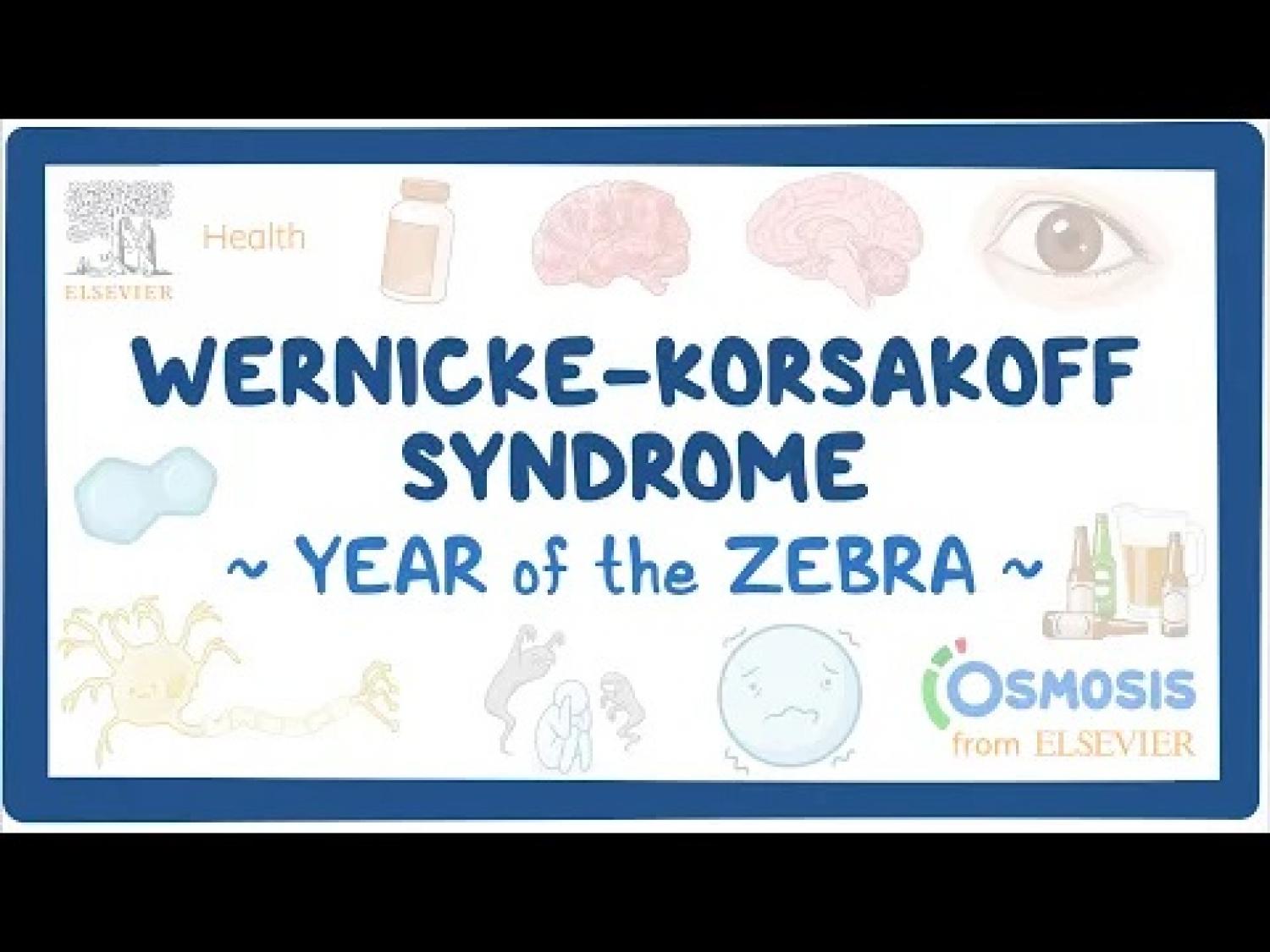
Rare Disease Education: Wernicke-Korsakoff Syndrome
Editor: Kelsey LaFayette, DNP, RN, FNP-C
"When you hear hoofbeats, think of horses, not zebras,” is a common saying in medical education that means you should think of common conditions first, instead of rare ones, in making a diagnosis. “Rare” is a relative term though and about 7,000 rare, or "zebra," conditions affect more than 350 million individuals worldwide. Although these conditions collectively affect an enormous number of people, each of these conditions individually is rare enough that it can be difficult to secure the resources to study them and to develop treatments and cures. Likewise, awareness of rare conditions may be low and health care professionals may not be familiar with their signs and symptoms making it more difficult to reach a correct diagnosis and provide effective treatments.
To increase knowledge about rare conditions, Osmosis and the National Organization for Rare Diseases (NORD) have collaborated on an initiative to bring education and awareness to the public. We are excited to be a part of this initiative because we believe everyone deserves quality health care, no matter how rare their condition.
Zebra Highlight: Wernicke-Korsakoff Syndrome
A vast interconnected system such as the internet would not be able to perform properly if every router in the network had a missing component. Similarly, our nervous system can malfunction in several ways when its cells are missing a crucial component called Thiamine or vitamin B1.
Wernicke-Korsakoff Syndrome actually refers to a series of different syndromes. Wernicke’s encephalopathy, which is usually reversible, can progress to the mostly permanent Korsakoff Syndrome if left untreated or not treated fast enough. Symptoms include mental status changes such as dementia, vision disturbances, and walking anomalies.
Individuals who have poor nutrition for any reason are at risk. The most common social factor incriminated is chronic alcohol abuse, but others include malabsorption syndromes and mental disorders. There is sparse solid data about the number of individuals affected. To learn more about the mechanisms involved in Wernicke-Korsakoff, watch the video here
Meet Don
Linda Dyson takes care of her brother Don who was diagnosed with Wernicke-Korsakoff Syndrome, after he was found unresponsive with 5 days of newspapers on his porch. She talks of the struggle of daily caregiving and reflects on how hard it is for her brother to “lose himself” as a person.
Educational Video:
More Information on Wernicke-Korsakoff Syndrome
Signs & Symptoms, Causes and Diagnosis
